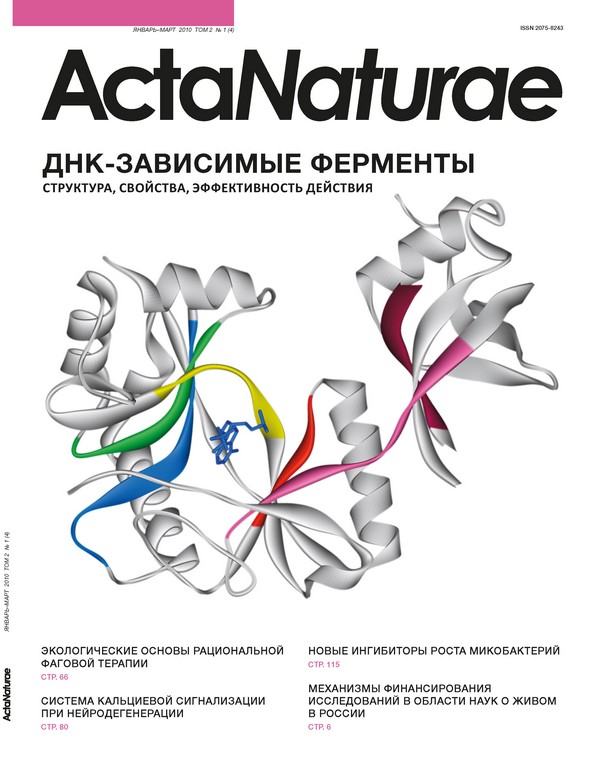Аннотация
Multiple forms of proteasomes regulate cellular processes by destroying proteins or forming the peptides involved in those processes. Various pathologies, including carcinogenesis, are related to changes in functioning the proteasome forms. In this study, we looked at the changes in the pool of liver proteasomes during nodular regenerative hyperplasia and formation of adenoma and hepatocellular carcinoma in mice treated with Dipin, followed by partial liver resection. The relative content of various proteasome forms was determined using Western blot analysis. The chymotrypsin-like activity of proteasomes was assessed from the hydrolysis of the commercial Suc-LLVY-AMC substrate. It was found that changes in the proteasome pool appeared already during the formation of diffuse nodules, the changes being the increased expression of the X(β5) constitutive subunit and the LMP7(β5i) and LMP2(β1i) immune subunits, accompanied by the increase of the total proteasome pool and the decrease in the chymotrypsin-like activity. These changes were more pronounced in hepatocellular carcinoma. The content of the total proteasome pool and the LMP2(β1i) immune subunit and the chymotrypsin-like activity in adenoma were intermediate compared to those in the samples of liver with diffuse nodules and carcinoma. In addition, the level of the Rpt6 subunit present in the 19S proteasome activator was increased in carcinoma. Our results indicate that nodular regenerative hyperplasia and adenomatosis may be stages preceding carcinogenesis. We also conclude that there is a need to find signalling pathways that change the expression of various proteasome subunits during carcinogenesis. The l9S proteasome activator, which is overexpressed in malignant tumours, can be a promising target for the development of new anticancer drugs.







